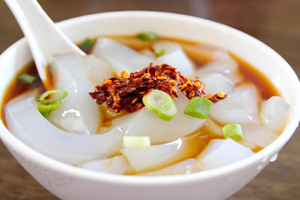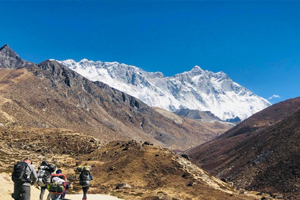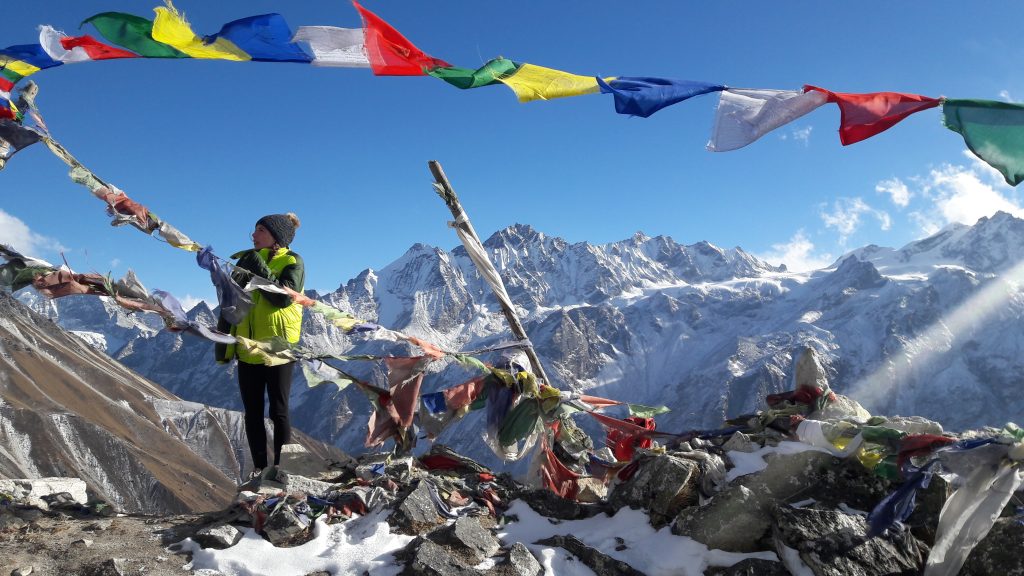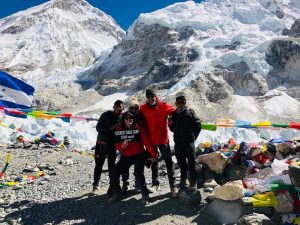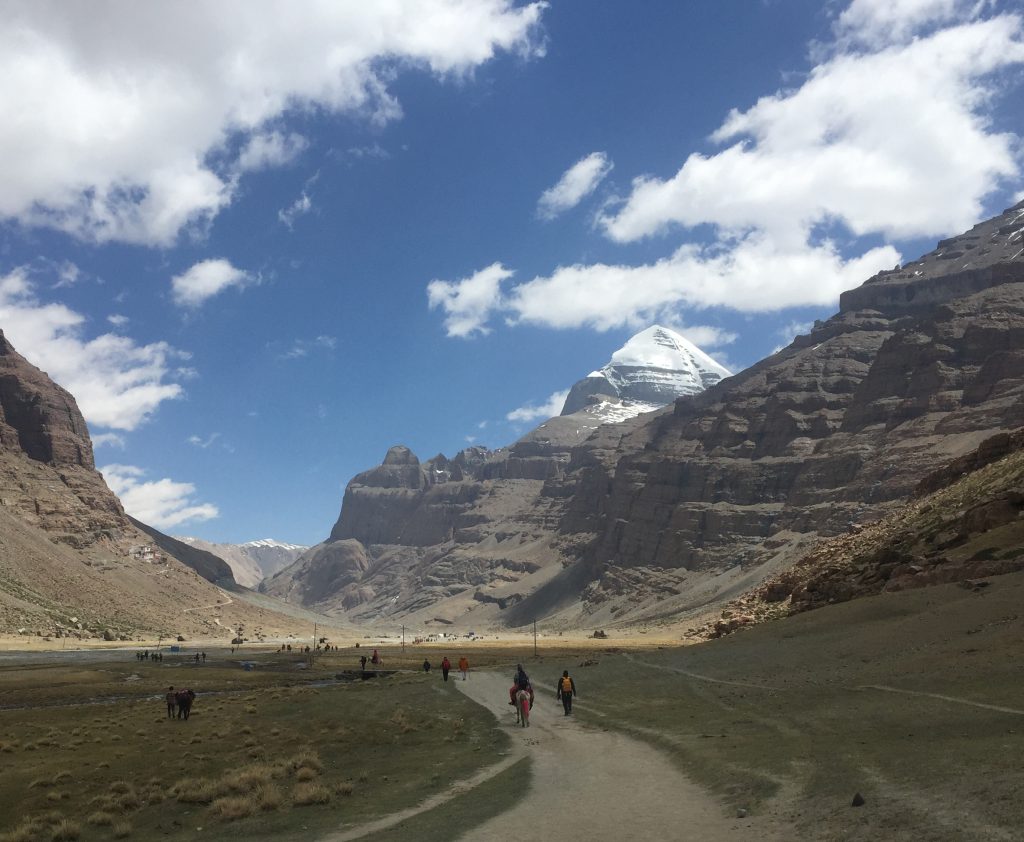If you’ve been planning a trip to Tibet, you are likely to be wondering what Tibetan foods and beverages [cuisines] you might expect to try on your journey. As other dishes in the world, Tibetan food culture is also heavily influenced by its neighboring regions so not all of the foods you’ll be savoring will be unfamiliar to your taste buds.
Residing on the Tibet plateau with an average altitude of 4000 meters, Tibetans have developed their unique recipes based on the distinctive natural resources available. Tibetan foods, to a large extent, are influenced by the distinct alpine environment, profound Tibetan Buddhism and subtle impacts of adjacent culture such as Indian and Nepalese foods.
On the flip side, traditional Tibetan cuisines are mainly based on dairy products (like yak’s milk and cheese), yak meat and barley. You can try them during your trip to Tibet.
The following Tibetan foods and beverages are something you couldn’t afford to miss while you are in Lhasa or Tibet.
Note:- Though we will be highlighting all the popular Tibetan foods and beverages in and around Tibet in this blog as an interesting source of information, our trip to Kailash Mansarovar is generally guided by vegan cuisines.
1) What to eat in Tibet? – Tibetan foods
a) Tsampa
Tsampa (糌粑) is a type of roasted barley flour and one of the staple foods in Tibet. Tibetan people generally eat Tsampa daily and bring it as a ready-made food when embarking in a local tour or simply during travel. If you visit a Tibetan family as a guest, they will welcome a palatable mild tea, Tsampa, and few other local dishes. The dough prepared with roasted barley flour and Ghee (Yak’s butter) is the peculiar food of local Tibetan.
b)Tibetan Noodle (Thenthuk or Thukpa)
Tibetan Noodle (藏面) is generally served with simple vegetable, diced beef, chopped scallions in the brews. Especially, people living in the cities of Tibet pick to have Tibetan noodles and sweet tea as their breakfast. Some restaurants also offer pickled radish and chilly sauce to season the noodles.
As per may travelers, Tibetan noodle soup is the most enjoyable meal, as the soup tastes nice together with a bit shallot to keep our body warm.
d) Tibetan Yak Meat
Among the most frequent livestock in Tibet,, Yaks are the predominant ones. These tough and mild animals live on the plateau with an altitude from 3,500m to 5,300m. Do you know what? And their red blood cells are three times more than normal cows. Their chewy and nutritive meat with delightful flavor is the trademark of Tibet dishes. The high-calorie yak’s meat is usually shredded and spread with salt and other natural seasonings on it. After that, it is hanged i.e. the shredded yak meat on a rope so that it could dry.
Besides Yak and its consumption purpose, Tibetan nomads also use yaks’ hair to make a tent, raw materials for carpet and boots and milk for drink and butter, etc. The harmonious bond between and among Yak and Tibetan nomads is the key to understanding Tibetan culture. All in all, Tibetan Yak meat is a must-try food in Tibet.
d) Milk Curd and Yogurt
As it is already discussed that Yaks re the indispensable part of Tibetan and they raise yaks and Tibetan sheep which results in extensive consumption of items yielded. Besides, we can watch out Tibetans eating all kinds of dairy products, including ghee (butter), meat, yogurt, and milk curd (Tibetan Cheese).
Milk curd or named milk sediment (凝乳) is solidified sediments obtained from boiled milk, which tastes sour. Tibetans carry it when traveling to avoid environmental in adaptability. It can be served or consumed as snacks or used to make Tibet buns. Besides, fried milk curds taste good too and comparatively hard to bite.
Among must-try foods in Tibet, this Yogurt is a must-have. As it is fermented from yak’s milk, Tibetan Yogurt tastes mellower than ordinary yogurt. Shoton Festival, yogurt feast in the Tibetan language, is one of the most important and interesting festivals in Tibet. The raw sour yogurt will surprises any soul without any sugar too.
e) Tibetan Mo:Mos
Mo:mos are Tibetan dumplings, made up of either meat or vegetables and covered with a thin layer of flour. Half-Moon-Shaped Mo: mo can be either steamed or fried and served with chili sauce. Hot Mo: mo dumpling is among the most loved dishes in Tibet, Nepal, India, and other South Asian countries.
It could be round, oval and crescent while the yak meat often is used as the filling as “keema”. Of course, for vegetarians, also, it can be filled with cabbages, onions, and mushrooms, etc. which are widely used ingredients for making Tibetan mo:mos. In Tibetan eateries, the most common Tibetan mo: mo is the steamed and fried ones. Sometimes, Mo: Mo is served with soup. However, the most demanded Tibetan mo: mo is made by steaming. After steamed, they are served with spicy sauce, ketchup and pickles.
Mo:mos are the most recommended staple foods one must not miss during Tibet outing.
f) Ginseng Fruit Rice
Ginseng Fruit Rice (人参果饭) is regarded as a propitious esculent by Tibetans which is eaten during weddings, special occasions, or festivals, especially at Tibetan New Year Festival. As the name implies, The Ginseng Fruit Rice is covered with cooked Ginseng fruit, little sugar, and ghee juice.
It is not only an auspicious gesture of good fortune but also enriched with all kinds of nutrition and benefits to your digestive system and health.
g) Tibetan Sausages
As mentioned already, Tibetan people have been using Yaks to the fullest. The Yaks are not only the guardians of Himalayas but also the companions and domesticated cows. They have been using the best of yak and sheep products for a living. Tibetans are fond of a variety of sausages, including meat sausage, blood sausage, flour sausage, sausage made from the liver, lung, etc. Among all, blood sausage and white sausage are the most common, consumed and popular ones.
When it comes to sausage, Blood sausage is prepared from small yak or sheep’s intestine tied to sections and filled with chopped mutton variegated with sheep blood, salt, Tsampa powders, and Sichuan Pepper.
I) Boiled salty/spicy potatoes
The top list of dishes in and around Tibet gets incomplete without this item. Potatoes looks and sound very simple as they are boiled potatoes but if you sprinkle them with Tibetan herbs and spices it has completely different taste! It will amaze us for sure.
j) Tibetan Pastries
Tibetan Pastries are long-established sweet as well as crunchy pastry, made up of dough that has been shaped into thin warped ribbons. They are deep-fried stuff and dredged with powdered sugar or salted. For more, just soak them in the buttered tea or hot chocolate, it’s yummy!
K) Dre-Si
Dre-Si, not so popular dessert, is a notable one, normally eaten on Tibetan New Year (also known as Lhosar). The ingredients indulge in Droma (kind of nutritious guard shaped root) and butter broth accompanied by sugar. Dre-si is widely taken as an auspicious cuisine, and sometimes you may also see it being positioned before the Buddhist shine for Buddha.
Miscellaneous Items:
Gundain [h4]: It is a variety of a Tibetan pastry that is prepared and served during special occasions. Gundain pastry uses barley as its basic ingredient. While you preparing, first of all, the barley is mixed with some activated yeast and water then it is fermented into barley beer and later with Tsampa, dry curd, wild ginseng, and some yak cheese are used as the sub-ingredients, and some brown sugar is also added for a new taste. We can see, Gundain, often served during Tibetan New Year and Losar festival as a starter.
Gyabrag : Gyabrag looks like a pancake. Certain ingredients such as barley flour, butter and cheese made from the yak milk, freshly prepared yogurt and sugar are added to obtain its sweet taste, to make this dish.
Gyaho: This typical Tibetan recipe is prepared by using the Chinese style of preparation and cooking. To prepare, certain ingredients are used commonly like a hot pot of vermicelli, meatballs, mushrooms and also the sprouted bamboos. This dish has a greater significance and is eaten by dignified monks during special occasions and ceremonies.
Gyatog : Gyatog is a dish which mainly contains noodles. The preparation method of this dish involves the Han variety of cooking. This is a common noodle dish. Noodles are mixed with eggs, flour, and bone soup.
What to drinks when you are in Tibet? – Popular Tibetan Beverages
We already read about the food of Tibet. And similarly, this section will shed some light on drinks i.e. famous beverages around Tibet. Here is a listicle of Tibetan beverages one can’t afford to miss.
1) Butter Tea
Butter tea (酥油茶) is must-drink stuff during our Tibet travel and another staple meal of the region. To put it in a simple note, the butter tea is boiled strong tea which is mixed with ghee and salt. Tibetan people sip butter tea to keep themselves warm and it is usually drunk while having Tsampa.
Some may find its taste more like soup rather than tea and some think it tastes funnier Whether you are the new entity to Tibet or not, you’d better have a try for the butter tea which can assist tourists to combat with high altitude sickness, prevent lips cracking due to dry weather.
FYI: While serving or having tea there are some rules especially with butter tea and guests. Don’t be in a hurry to finish it when the host Tibetan fills up your bowl or cup with butter tea. It is taken as an elite gesture to chat with the hosts first, and drink the tea slowly when they come before you with the teapot. It’s a courteous and respectful way.
2) Sweet Tibetan [ Milk ] Tea
Tibetan Sweet Tea (藏式甜茶) is another famous tea in Tibet. There is a saying that “Tibetan Sweet Tea acts as the blood of Lhasa”, from which we can easily predict its importance of sweet tea in Tibetan life. Unlike the reputation of Butter Tea, the Sweet Tea has lots of affections among visitors for its alluring smells which is more pleasant and light taste.
It’s easy to prepare. We can boil the milk with brick tea and sugar added which sounds simple but only tastes good when Tibetans blend it. Many sweet tea houses in and around Lhasa and Shigatse are common recreation spots for Tibetans and tourists. Tourists can find a tea house to drink the sweet tea and chat with friends all day to relax where the charge surprisingly economical for an unlimited refill.
3) Chhang – Tibetan Barley Wine
Chhang or commonly know as Tibetan barley wine (青稞酒) is brewed from fermented barley grown on the high-altitude terraces. It tops the list of most favorite alcoholic beverages of Tibetans. Chhang is mild, slightly sweet and sour, and comprises of little alcohol level. The taste of Chang differs from one to another as per the brewing process and time took. Inherited more than four centuries ago, the fragment mellow tastes nice and nearly all Tibetan families can make Chhang by themselves. They often relish upon this barley’s wine during special moments such as festivals, New Year, weddings, baby birth, visiting relatives and friends’ gatherings.
4) Lhasa Beer
Lhasa Beer is regarded to be the first Tibetan beer available to the rest of the world. It is blended with the finest ingredients such as Saaz hops, yeast, Himalayan Spring Water and most importantly Tibetan barley.
Conclusion
So when you are ready to try all these above-mentioned dishes and sip with Tibetan tea? Book your trip with us. We will be more than happy to guide and assist you, your family and friends to Tibet.

